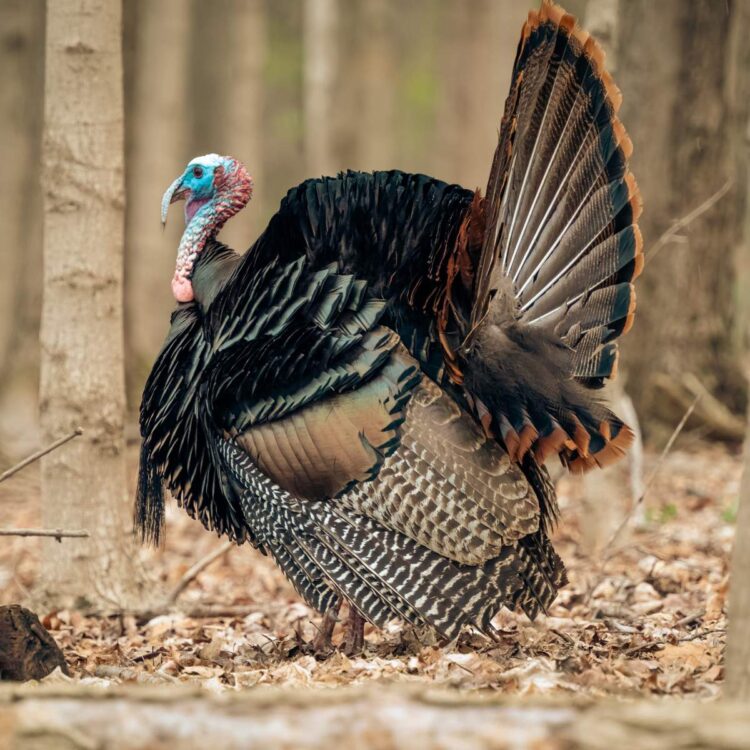Five Fascinating Facts About Chickens


On a recent visit to my parents’ house in Virginia, I went with my dad to feed his chickens. They started keeping a few of the birds over a decade ago after I brought them five poults—not quite chicks and not yet grown chickens—who had been rescued from a factory farm. Although awkward juveniles when we rescued them, they quickly grew to full size within just a few short weeks. This fast rate of growth is unnatural and was a vivid demonstration of how the broiler industry has genetically manipulated chickens to create veritable Frankenstein creatures, growing so rapidly so fast that their spindly legs often can’t hold up the weight of their own bodies. Spending time with those chickens gave me the opportunity to witness it firsthand. Sadly, while they were spared the horrors of confinement in a factory farm, they lived short lives, with several dropping dead of heart attacks, their organs unable to keep up with the pressures of their overgrown bodies.
These days the flock has dwindled to just two chickens, the shy and elusive bantam hen named Lyle because the feathers on top of her head made someone think she resembled Lyle Lovett, and Penny, a plucky Rhode Island Red. While Lyle often shies away from human contact, she’s quite comfortable with my dad. Calling, “chick, chick, chick” my dad poured some feed into their feeder and the girls came running. Lyle attacked the food like she hadn’t eaten for days and my dad pointed out that she was picking out the sunflower seeds—her favorite. Chickens have favorite foods? Of course they do!
Here are five more facts about chickens you may not know:
[youtube id=”szq26XIb86w”]
1. Chickens recognize each other.
Chickens may look mostly alike to us, but they can recognize one another by facial features. They can recognize and remember as many as 100 other chickens.
2. Hens are great mothers.
The term “mother hen,” meaning very protective and doting, was coined for a reason. Not only do mother hens gently cluck to their peeps while they’re still inside their eggs, the peeps will chirp back. Contrary to what “chicken” commonly implies, mother hens are also extremely brave and protective of their chicks. They will draw attention to themselves to divert predators like snakes, hawks, and foxes from their babies to defend them. And they’ll shelter the birds under their wings for cover.
3. Chickens are capable of doing simple math.
Researchers found that baby chicks were able “to add and subtract objects as they were moved behind two screens.” The chicks performed math to determine which screen hid the larger objects. And of course it’s not just young precocious chicks we’re talking about. “Hens are capable of mathematical reasoning and logic, including numeracy, self-control and even basic structural engineering, following research,” according to the Telegraph. Perhaps we should change the term “bird brain” to “bird brainy.”
4. Chickens have a complex communication system.
They employ at least 24 distinct calls. Each vocalization has a distinct meaning, including separate alarm cries to warn of predators and even differentiating whether a predator is traveling by land or air. Roosters can exhibit gentlemanly behavior, alerting hens when they’ve found something delicious to eat.
5. These social birds are social learners.
Chickens learn from other chickens. In one study, chickens observed hens pecking at colored keys for a food reward. “Hens that had observed demonstrators performed more keypecks than hens from control groups and followed their lead.” Another study found that chickens will avoid negative stimuli by watching the behavior of another chicken. After observing the responses of other chicks, chicks avoided pecking a bead coated with a bitter-tasting substance.
As philosopher Jeremy Bentham wrote, “… the question is not, Can they reason? nor, Can they talk? but, Can they suffer?” It turns out chickens are capable of all of these.












